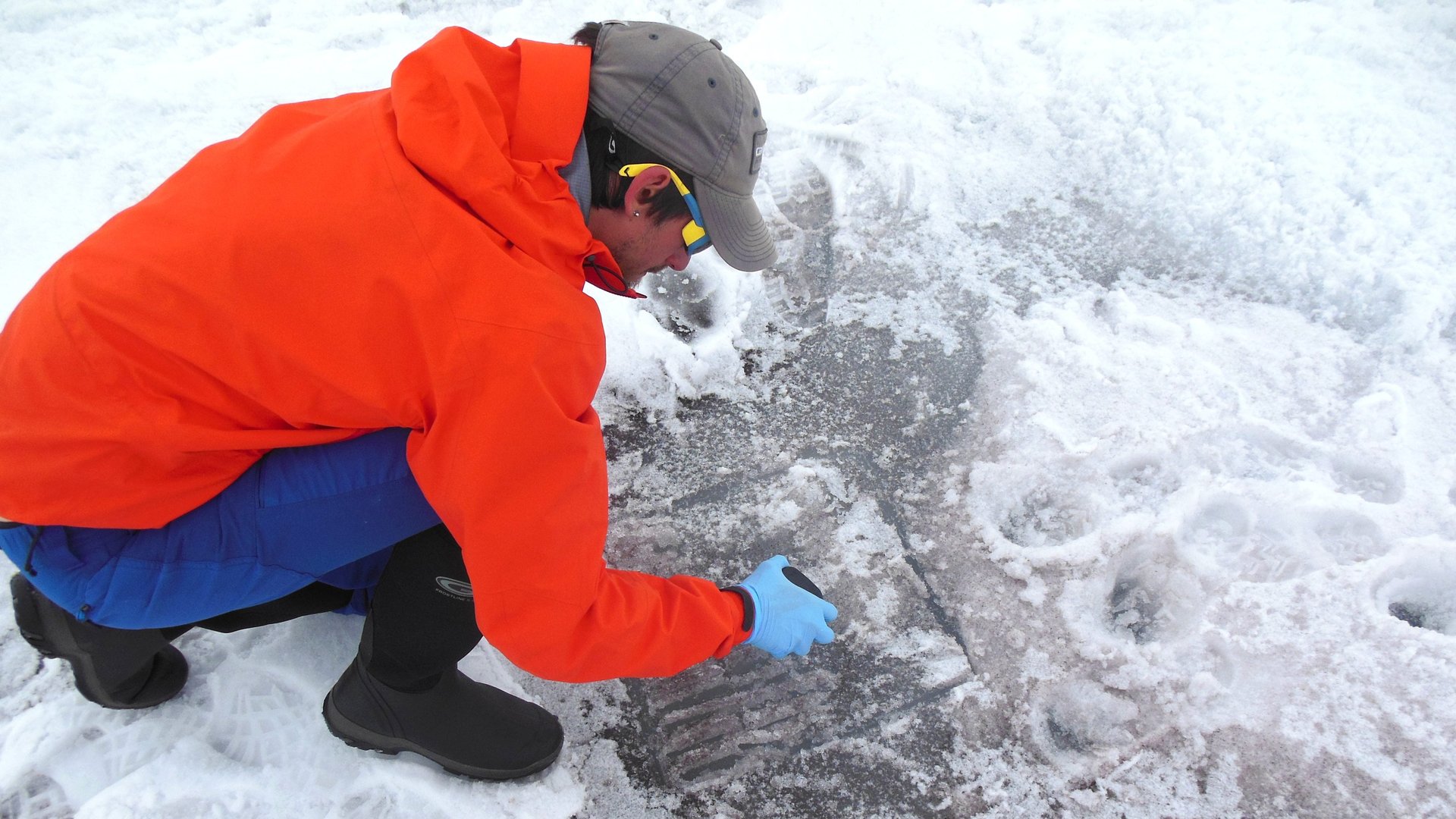Algae, thrilled about a warming climate, is making Greenland melt faster
Arctic algae are one life form for whom climate change is great news. They thrive in warmer temperatures, and are flourishing beyond old boundaries as more of the icy far north becomes climatically hospitable.


Arctic algae are one life form for whom climate change is great news. They thrive in warmer temperatures, and are flourishing beyond old boundaries as more of the icy far north becomes climatically hospitable.
But as algae grows over ice, it reduces how much light the ice can reflect. Like wearing black clothes in the summertime, the darkened ice absorbs more energy from the sun, heating more easily and melting more severely. New research published this week in Geophysical Research Letters finds that this algae-ice melt feedback loop is a bigger deal than scientists previously realized: On the Greenland ice sheet, the second-largest in the world, “algal darkening” is responsible for 5% to 10% of the total ice-sheet melt each summer.
Scientists have long tracked the migration of black soot—produced by burning fossil fuels in lower latitudes—to the Arctic. The soot settles on the ice, darkening it and intensifying melting. But the new research concludes that algae is a greater contributor to ice melt than soot. As climate change progresses, algae is projected to flourish more and more.
Ice science is always evolving, with scientists finding new mechanisms that contribute to the complicated dance of melting and freezing. This algae discovery is a perfect example. The study stopped short of projecting how much more ice this could melt in the future, but the researchers note that algae growth ought to be incorporated into models to more accurately predict future sea level rise.